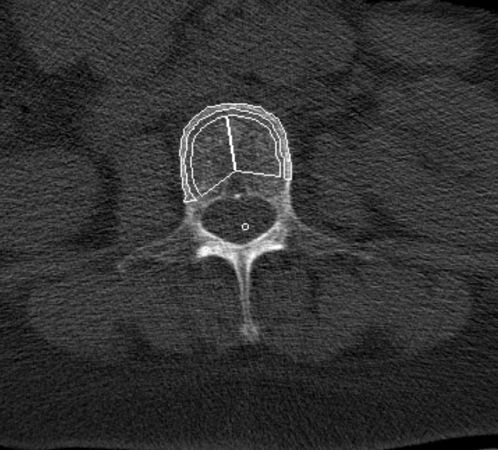Bone densitometry (DXA)

When measuring bone density or osteoporosis, the calcium salt content of the skeleton is measured in order to assess the risk of osteoporosis.
Osteoporosis usually occurs with age. If certain risk factors are present, the bone density measurement should also be carried out in younger patients. Risk factors include:
-
Longer cortisone therapies, longer therapy with certain preparations
-
Osteoporosis in the family
-
Lean physique / underweight
-
certain bowel diseases (malabsorption)
-
Metabolic diseases (e.g. hyperthyroidism)
-
Smoking
According to the current guidelines of the WHO (World Health Organization) and DVO (Osteology Umbrella Association), our DXA bone density measuring station for osteoporosis diagnostics is the most reliable method for assessing your risk of osteoporosis.
On the one hand, this enables timely diagnosis and treatment, and on the other hand, the success of the treatment can be monitored very reliably with the therapy or medication used.
No special preparation is required for the examination. If you already have previous DXA findings, please bring them with you to the examination.
The examination itself takes about 20 minutes with 2-3 measurement locations (mostly spine and femoral neck). The dose of radiation administered during the study is approximately comparable to the amount of natural radiation each person receives over the course of a week.
Since our radiological practice does not have a billing license to carry out bone density measurements (DXA) on patients with statutory insurance, we can only offer you this examination as an IGeL service (individual health service).